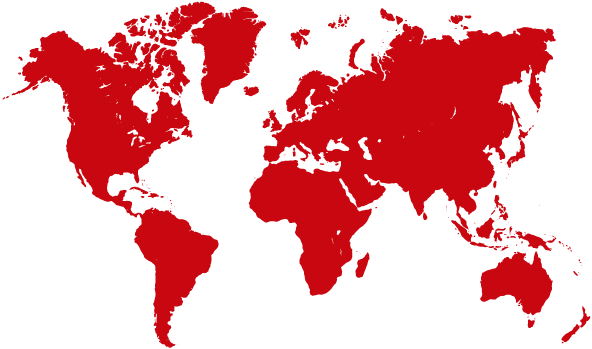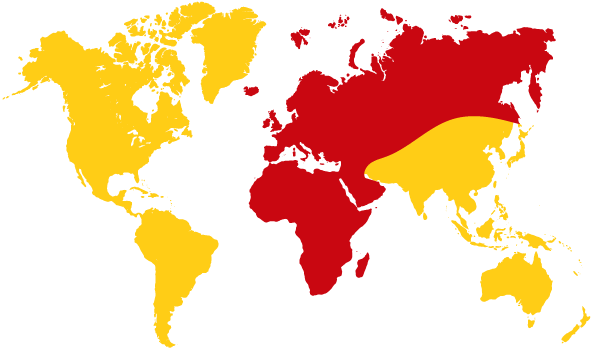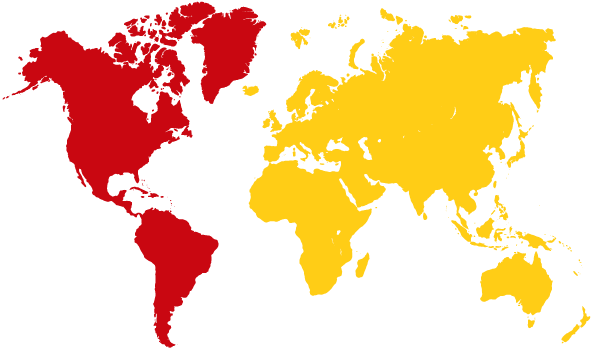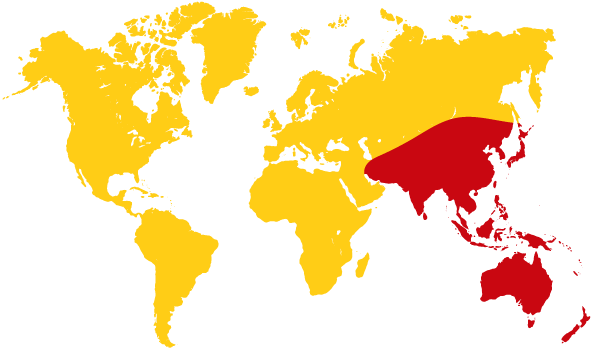Text of agenda item 1.2 and accompanying resolution 245 (WRC-19)
Existing amateur and amateur-satellite allocations in 3 300–3 400 MHz and 10.0–10.5 GHz
History and current use of the 3 300–3 400 MHz and the 10.0–10.5 GHz allocations
Status of WRC-23 Agenda Item 1.2 as Related to the Amateur Services (July 2022)
Under AI 1.2, WRC-23 will consider designating several additional bands for International Mobile Telecommunications (IMT), including 3300–3400 MHz and 10.0–10.5 GHz in Region 2. The amateur service in Regions 2 and 3 has a secondary allocation at 3300–3400 MHz and there are global secondary allocations to the amateur service at 10.0–10.5 GHz and to the amateur-satellite service at 10.45–10.5 GHz.
Resolution 245 invites ITU‑R to conduct sharing and compatibility studies with primary services, but not secondary services, in these bands. As a result, it has been difficult to gain proper recognition of the ongoing requirements of the amateur services despite the consideration in the resolution of “the need to protect existing services and to allow for their continued development when considering frequency bands for possible additional allocations to any service.”
With respect to the 3300–3400 MHz band, until now there has been no move to suppress the amateur service from the international Table of Frequency Allocations although some administrations already have earmarked the band for domestic IMT use and that trend is likely to continue. When IMT is implemented, continued amateur access to the band becomes problematic.
The situation at 10.0–10.5 GHz is different. The amateur allocation is widely used in much of the world and the amateur-satellite allocation is in heavy use for the downlink of the Es’hail 2/QO-100 satellite. Amateur use of these allocations has proven to be entirely compatible with other incumbent services.
Another consideration in Resolution 245 is “that harmonized worldwide frequency bands and harmonized frequency arrangements for IMT are highly desirable in order to achieve global roaming and the benefits of economies of scale.” IMT at 10.0–10.5 GHz would violate this principle.
IARU has submitted its opposition to the identification of 10.0–10.5 GHz for IMT to the appropriate ITU‑R Working Parties and to CITEL PCC II.
IARU is not alone in having concerns about IMT at 10 GHz. Studies have shown a high risk of potential interference to the earth-exploration satellite service (EESS) in the band.
Draft CPM text for AI 1.2 is not yet fully developed.



